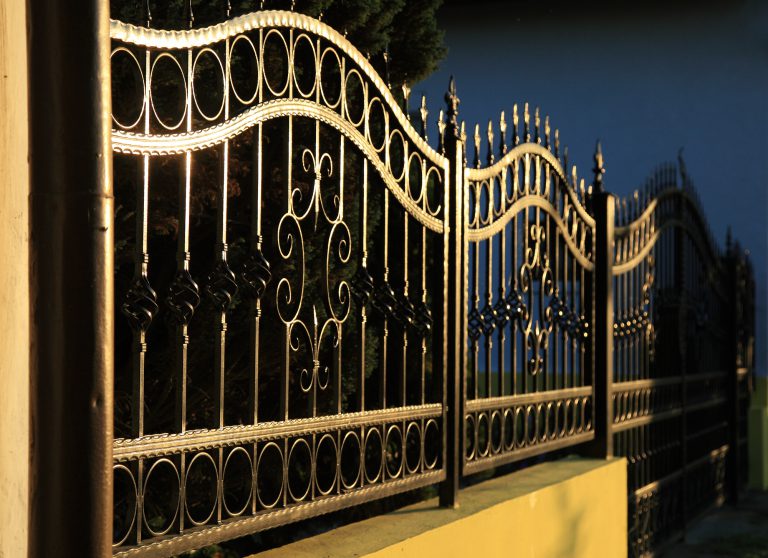California’s fence laws on a nutshell.
When it comes to the installation of a fence in any home or business, many people often have several questions that need answers.
To proceed without a hitch, the owner of the property needs to find the right solutions to their problems.
That is why we are here.
We answer all frequently asked questions regarding fencing.
We had had clients who needed to consult before they even thought of buying the materials.
This is important because there are some rules you need to follow when you decide to install a fence.
Although the process itself is not short or natural, you need the right guidance to avoid investing in a project not approved by the state department of planning.
So, what are some of these frequently asked questions about the construction of a fence?
Do you need a permit to build a fence?

When building a fence, certain height limitations come with the location and zone of your property.
For a fence, not higher than 3 feet, you can proceed with the construction with no permit.
However, if you are about to put up a wall or a fence higher than 3 feet, then you will need a license from the state department of public works.
Also, you will need a site distance study by a qualified civil engineer for the over-height fences.
For some solid fences, such as the masonry fence, you will need a building permit for it, regardless of whether it is higher than 3 feet or not.
What materials can I use on my fence?
When you undertake a project of constructing a fence, you can go for an open or solid fence, depending on your preference.
For either of these gates, you can use any material to build, ranging from wood to iron or steel.
However, on the list of materials, you can use for your fence, barbed wire and razor wire are out of the question.
Any other material that poses a physical or visual risk is illegal.
Considering you live in a neighborhood with pets and children, you must pay attention to the materials you use for your fence.
What are the height limitations for a fence?
The height of the fence around your property is heavily reliant on where your property is.
- Are you in the urban or rural district?
- Do you intend to use an open or solid fence for your property?
- Are you close to an intersection or a pedestrian walkway?
- Are there any adjacent homes or buildings close to your property?
Once you have checked all this, then you can settle on the size of the fence, depending on whether it is at the front setback, rear setback, the side yards, or on the building space.
Ranging from a 3-foot fence on the front setback to a 6-foot fence on the side and rear setbacks, you can proceed to build your fence.
However, in the building area, provided you have the consent of your neighbors, you can build a fence that is up to 10 feet high.
What is an open fence?

There are two types of fences used in buildings.
These are the open and solid types of fences.
For the open fence, it requires that the material used for fencing does not obstruct the view by more than 25%. That means that you can easily see through the fence, with a clearance sight of 75%.
On the other hand, the solid fence is one whose view is less than 75% clear.
Can you use arbors and fence posts as part of your fence?
When you decide to use the decorative fence posts as part of your fence, you can do so.
However, before including them in your construction, you need a planning permit approval.
In the permit, there is a review of the compatibility and safety of adding the arbors and decorative fence posts as part of your fence.
Can you consider a chain-link fence?
On the front yard of any residential property, it is illegal to have a chain-link as your fence.
However, you can use a chain link that is six-feet high on the rear setback as your fence.
If your property is not adjacent to public land, a park, community facility, or a quasi-public area, you can use chain links as your fence, provided you get a use permit approval.
Get an expert in California’s fence laws.
If you need help and you don’t really understand the tiny details of California’s fence laws, get an expert. We’d love to assist you and consult you regarding all the laws and all other aspects of fence & gate installation.
